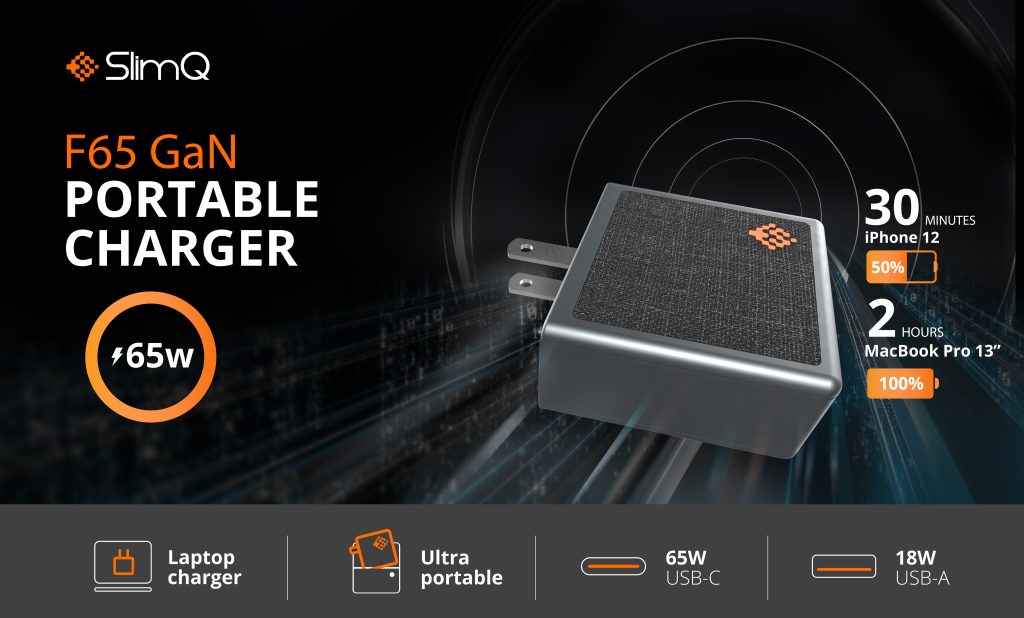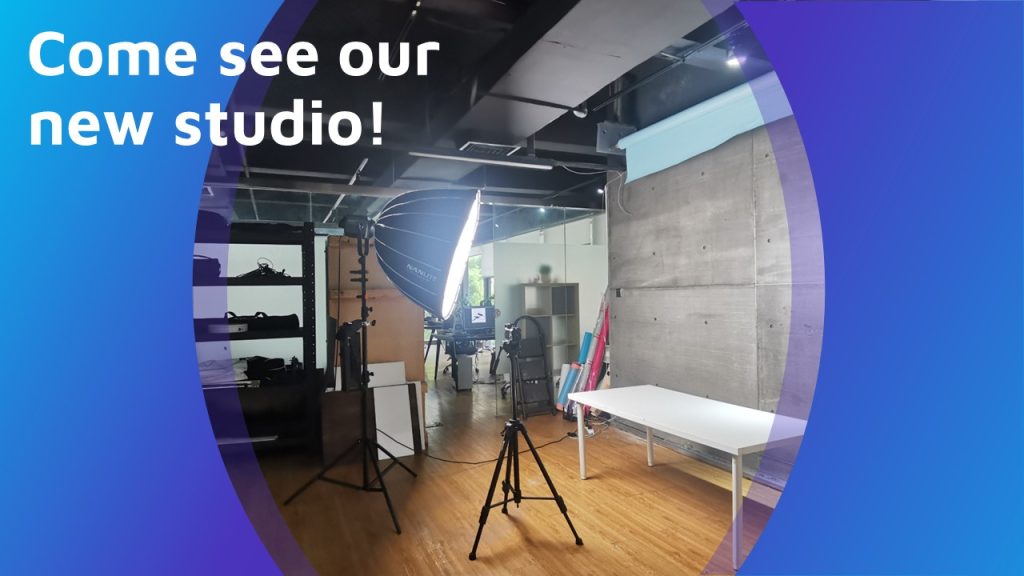To turn an audience into buyers, they must be convinced that that product actually solves their problems. This is easy when a product is well known or has a good reputation. When they see more benefits than drawbacks, consumers put their trust in it and tend to hesitate less about the convenience of buying it.
But when it comes to launching new products or taking them to new markets, unawareness, lack of trust, or simple ignorance may cause consumers to move for options they’re familiar with. Well, this is where product infographics become important.
What is a product infographic?
Some products would require lots of words to explain their function and what makes them different than other similar products. Especially nowadays, when there’s not enough time to read all the content that is out there.
Product infographics are one of the best resources to present information and show a product’s parts, functions, and features in a brief, visual, and self-explaining way. And they are even more effective when the images and graphic resources in them are creative and visually engaging because their main function is not just to present information, but to make it visually understandable at a glance.
Let’s see how.
What’s so good about product infographics?
Images are easier and faster to understand
90% of the information humans process is visual. Microsoft ’s research proves the attention span has decreased about 30% in the past 20 years – from 12 to 8 seconds. We now scan information before actually reading it and being discarded is a risk your product doesn’t need.
They simplify complex processes
Especially when it comes to product explanations. In fact, complex products are the ones that most need infographics to explain their functionalities and how they work. Imitation and repetition are the most effective ways to learn how to do/use something, and that works with real people or clear pictures.
They improve product pages
Any e-commerce agency will tell you that a good product page should include its benefits, features, technical specs, user reviews, and all the possible visual aid. The more, the better.
Good photography, videos, and now even 3D animations give great results, and infographics are not less. Product infographics are great to deliver all that information at once, although there’s a way to do it right. More on this, below.
They live long
They really do. Not necessarily longer than product photography BUT because they include large quantities of useful information, they keep attracting people’s attention over time.
They transcend borders
Because they focus on the visual, many infographics need little text. Moreover, they need to focus on what matters and is appealing to those who search for a specific product. And that can help taking products abroad with little effort – like translating little amounts of an infographic text rather than a full instruction book.

So, how to make an amazing product infographic?
Structure your content hierarchy
Content hierarchy is how a product’s components or key elements are presented. This includes the problems it solves and the features that make it different.
Structuring content hierarchy requires a little abstraction to focus on your brand and the value it delivers, rather than on your product alone. Asking yourself these questions is a good way to start:
- What are the most demanded features?
- What are the problems your buyers want to solve?
- How do your potential buyers search for your product?
A few tips to structure your content hierarchy
- Summarize each of your product’s features in two short lines
- Think of icons to replace words
- Ask yourself what part of your copy you can turn into visual information
- Keep it simple. A product infographic will rarely include many products. Instead, you can include a simple CTA to take visitors to a larger catalog, like your website.
Highlight your products features
One of the best ways to attract potential customers with images is persuading them about your product being better than your competition’s or matching better their specific needs. And to do that some research is needed.
- Search for similar products and see how they tell their story.
- Explain how your product was created.
- Focus on one section per feature.
A few tips to highlight your product’s features
- Use pictures that speak for themselves.
- Don’t forget to add CTAs to tell your viewers what to do: inquire, share, or go to your website.
- Start by sketching your visual description. It will help you organize your ideas.
Find a good design
You have probably seen many infographics whose first image creates a visual impact. A good design is a very useful way to make a product stand out. However, going too far with it may be counterproductive and make it harder for your audience to get your message. It is a subtle aspect of making a product infographic and if in doubt, it’s best to keep it simple.
- Avoid content that is too aggressive (for example, using images that are too big or too flashy).
- Rely on your brand’s style book to keep icons, fonts, and colors consistent.
- Make sure your fonts are easy to read and keep the attention where it is supposed to be.
Organize the information so it’s easy to understand
Organizing information is not just an infographics designer’s obsession. In fact, the human brain is trained to find patterns and conclude. As simple as content position and organization may seem, how elements are laid out can seriously affect how information is absorbed.
The easier you make it, the longer you will keep your viewers’ attention.
- Use lines, edges, and shapes to group related information.
- Use images and icons to make it easy to remember.
- Choose bullet points and avoid long sentences.
The best product infographics have a combination of text, images, and data to inform users, and make them aware of a product’s value. On top of that, they have tremendous promotional potential when they are used on Social Media, which can help give your product the visibility it truly deserves.
This is a brief guide to breaking down the most important elements in an infographic. Making one is not difficult, but let’s be honest, it does take time when you don’t have your mind set to it.
At Content2Sell we live in that mindset, and we strive to create compelling product infographics for product pages, Amazon listings and Crowdfunding sites.
In case you need it, we might be able to help.
Schedule your call, and let’s see how we can add value to your products.



